Spring is the most responsible and hot time for soil fertilizer. This period is the basic to receive the autumn of high and high-quality crop. The abundance of fructing crops is impossible to provide without a full-fledged fertilization of plants. Any, even the most fertile soil, over time is depleted, which is directly reflected in the state of plants. Make fertilizers in spring - it means to create the most favorable conditions for the nutrition of plants for the entire vegetative season. Active growth and development of plant crops provide different types of fertilizers. How to balance the spring feeder to choose a fertilizer and how optimally combine it with other types of agrochemicals, - will be detailed in the article.
Value of spring feeding fertilizers
In the spring, the plants begins the active vegetation period. The plant is awakened after the deep winter state of rest when metabolic processes and active growth were injected. In this difficult period of restoration of forces, assistance is necessary in the form of an additional feeding of the plant organism. It is spring fertilizer that launches the process of active interaction between the plant and soil microorganisms. Such symbiosis allows to ensure effective growth and development of plants.
The main thing is to correctly choose the necessary spring feeders, in which the plant is in dire. Fertilizers introduced into the soil in spring enriched with its useful nutritional elements. Having in full total and balanced nutrition, the plant will surely please the abundance of high-quality crop.
In the spring, in the soil can be made both organic and mineral fertilizers. Gardeners independently choose a certain type of feeding, given the type of soil, the peculiarities of growing a specific culture and other factors. Most often, competent combination of different types of fertilizers is practiced.
Fertilizer's deadlines in spring
- Specialists in agrochemistry determine the spring period with optimal time to carry out additional feeding. Organic fertilizers are usually prepared in advance; Mineral - carefully calculate the necessary dosage. Early spring fertilizer proceeded to the fertilizer procedure, after the final melting of snow. It is not advisable to distribute fertilizers on top of the snow cover, since during the melting most of the feeding can "wash out" from the site.
- The most optimal deadlines for making fertilizers in the soil - in front of the spring plowing of the Earth. Apply those types of feeders that are especially necessary for plants "at the start".
- Feeding fruit trees, you can not wait, when the rolling soil completely fills. But vegetable and flower cultures, recommend fertilize before the landing.
- Experienced gardeners are planning a plan for the introduction of the necessary spring fertilizers to ensure that all plants receive important trace elements in optimal quantities for their development.
- At the same time, in no case, it is impossible to use the axiom: "The more, the better." The oversuetting of organic and mineral substances negatively affects the state of grown crops. Therefore, it is important to know the main features of applying all kinds of fertilizers.
Types of fertilizers.Organic fertilizers in spring
A group of organic fertilizers is represented by substances of natural origin. These include: manure, bird litter, compost, wood sawdust, straw, peat, ash, etc. Organizer is cheap, affordable and highly efficient raw materials for planting plants. By participating in an additional burdened soil, organic components enrich it indispensable to be important microelements and nutrients. The content of nitrogen, phosphorus, potassium, calcium, etc. provides balanced plant nutrition. They harvest them in advance - in the fall, and apply organic fertilizers in early spring.
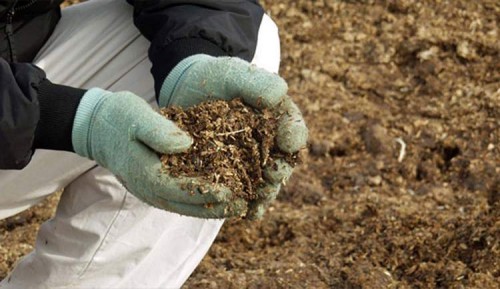
Manure
The component of the manure is the excrement of farm animals. It has a characteristic smell and consistency. One of the most ancient species of fertilizers. Fresh manure is one of the valuable fertilizers, although it has significant disadvantages. Apply fresh manure is necessary with caution for most cultivated plants. It is able to coagulate the plant organism and even (when re-published) lead to his death. This is explained by the presence of aggressive substances and urea in it. In addition, there are seeds of weed plants, spores of bacteria and mushrooms.
- It is better to use already reworked manure as valuable feeding for plants and restoration of soil fertility. In this form, all harmful substances disappear. For proper storage of manure provide a special place. The manure is constantly compacted during storage to remove excess air and create favorable conditions for the development of the corresponding microflora. 4 stages of expansion of manure, the final stage of which is humus (after 1-2 years). In its appearance, it resembles a loose land.
- In the fall, you can make manure on the 2-3rd stages of decomposition, in the spring - better in the form of humus. It is scattered over the site and dripped together with the Earth. Sometimes they are even without a rescue, evenly distributing the substrate on the surface of the earth and breaking large particles. For example, lawn grass fertility, until the shoots climbed. If the manure is not enough to fertilize the entire land plot, it is close directly in the wells with a plant.
- On average, the amount of fertilizer introduced is determined at the rate of: 1 bucket per 1 square meter of soil. Fruit trees and berry shrubs are especially well perceived by such feeding.
- A valuable nitrogen-potassium fertilizer is a dung alive. An insignificant phosphorus content allows it to combine it with superphosphate (10-15 g per liter of clad). Use the dung alive as a liquid feeding, diluting with water 1: 5.
- Manure making favorably affects the physico-mechanical properties of the soil, so it is indispensable when the soil mulch. Also, thanks to this organic component, the plants are better absorbed by mineral fertilizers. Thus, this kind of organic fertilizer is a universal spring feeding.
Bird litter
The chemical composition of bird litter determines it in one of the most valuable species among organic fertilizers. Especially valuable is chicken and pigeon litter. In pure form, avian litter is practically not used. It is used by its aqueous solution in a 1: 2 ratio, which insists about 4 days. Then the resulting concentrated solution is again diluted with water, already 1:10.
This feeding on its nutritional qualities is superior to manure. And the speed of the compound components is not inferior to mineral fertilizers. Of the disadvantages - during storage loses its valuable properties.
Compost
Prepare it with her own hands, making a special compost pit. To use the fertilizer in the spring, you need to pre-fill it all summer any biological mass (manure, peat, bird litter, beveled grass, topped leaves, food purification of vegetables and fruits, weeds, etc.). All this content under the action of high temperatures is gradually decomposed and a valuable organic feeding is obtained. The resulting compost is the result of the life of microorganisms, is rich in a variety of useful trace elements (nitrogen, phosphorus, potassium). Use it for all plant crops by direct scattering on the site, directly into the wells or under the pexting.
There are varieties of composts, depending on the filling of the compost pit.
- Peafon-cutting.
The manure is stored with peat in a ratio of 1: 1. The composter is better to cover something. In the process of compost formation, nitrogen-containing substances are transformed into the form available to the plant. It is possible to improve the composition by adding phosphoritic flour (25 kg per ton of compost). This fertilizer is often used in the cultivation of strawberries, thus increasing, thus the number of breeding berries.
- Made.
The name of the compost corresponds to its components. Food residues, purification, tops, grass, foliage and other waste are placed and compacted in a special box (usually wooden). Throughout the summer, all this contents are periodically watered with surgery. Not covered in the avoidance of accumulation of nitrogen overaffect in a pile. To improve the quality of the compost substrate, mineral fertilizers add. As a rule, it is phosphorus (5 kg per 1 ton) or lime (10 kg per 1 ton).
- Vermicultivated.
This high-end type of compost is obtained using earthworms. Made a box with a good ventilation system and fill it with a food fiber material for worms. It is paper, dry grass, straw. They fall asleep on top of a small amount of earth, they are abundantly watered with water. After a day, you can "settle" the worms. Periodically, the composter needs to add nutrition waste, cleaning, egg shell, tea brewing, etc. Spring introduction of vermicultivated compost provides for the beginning of its preparation already in February / March.
For the correct maturation of the compost, it is recommended to alternate dry and wet layers. And if, at the same time, to cross each layer of the earth, the decomposition process will accelerate. Watch also so that in the composter there is a wet environment and when it is excessive dried - water.
Wood sawdust
As a rule, sawdust is used as mulch or for the insulation of crops. Wood itself is not a fertilizer. But with a long lying lying on it, a number of microorganisms that saturate sawdust with the useful substances appear. Such brudices are added to the compost, receiving excellent organic fertilizer.
Green mixes
Used as self-fertilizer or as raw materials for compost preparation. The optimal combination for the preparation of green fertilizer: a mixture of bean and grain crops. Plants are grown until the optimal development of green mass, after which they stick or completely (with the root) close in the soil. There, all parts of the plants are overloaded, saturating it with nitrogen and organic substances. Under the influence of microorganisms, the remains of plants turn into the most fertile layer of soil - humus.
Peat
This organic feeding, marsh origin, is used for many herbaceous and fruit plants. Popular use of peat in spring, for laying the lawn. To do this, remove the top layer of the soil, lay the peat layer, poured the earth and slightly seal. The next day you can suite grass seeds. Such a high-estate organic facilitates the active and uniform growth of grass. Peat feeding is also useful for fruit trees over 3 years old.
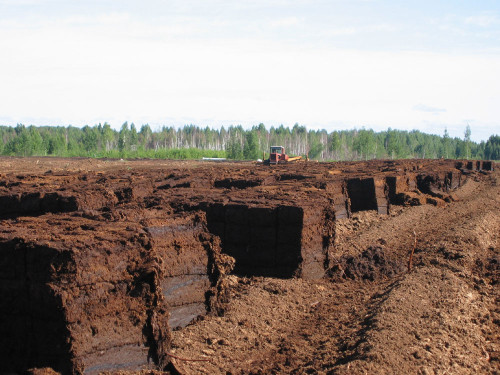
Ash
Contains in large potassium, as well as boron, phosphorus and manganese. Used to reduce the acidity of the soil and as an additional feeding. The ash is added to manure, litter and compost. This feeding for tomatoes, potatoes and sweet peppers is especially useful. The most valuable source of nutrients - ash after burning straw. Wood ash is also effective, and its composition will be richer after young branches, rather than old.
Disadvantages of organic fertilizers
The organizing agent is very popular on household plots, in gardens and gardens. But, apart from the unconditional advantages - environmental friendliness, cheapness, simplicity of preparation, there are a number of shortcomings. These are large labor costs, risk of infection of cultures with vegetable flies and other parasites, a specific unpleasant odor, unbalanced content of the useful substances.
- Fairing the spring land with organic feeding, it is also worth remembering that there are certain restrictions for their use.
- So, without observing the dosage when making fresh manure or avian litter, you can simply "burn" processed cultures.
- In addition, the overabundance of organic fertilizers (humid, manure) can trigger the plants infection with fungus.
- Specialists advise the body once every 2-3 years, providing a land plot with a necessary complex of nutrients.
- A full-fledged spring feeding implies not only organic matter, but also minerals. If only organic fertilizers, the plants will not be able to potassium and phosphorus, which will negatively affect the growth and crop yields.
Types of fertilizers.Mineral fertilizers in spring
With the help of mineral fertilizers, the fectures of soils are successfully adjusted: neutralized acidic and oxidized alkaline. They are also rich in nutrient inorganic substances necessary for plant feeding: potassium, nitrogen, phosphorus. In addition to micro - and macroelements, contain substances that protect plants from fungal diseases. The use of mineral fertilizers in the spring will ensure high yield in the fall. It is convenient to work with them and easily: they are sold ready-made concentrated mixtures with detailed instructions on the packaging. Mineral fertilizers are entered annually and are considered less labor-intensive in use, rather than organizing.
Nitrogen fertilizers
There are a number of representatives: ammonium nitrate, ammonium sulfate and carbamide (urea). These feeders are not able to accumulate in the soil, so they should be made not very large doses (250-300 g / m²), systematically. Nitric feeding is carried out only if the soil did not receive the organic. Such additives accelerate the vegetative growth of plants, stimulate the flowering process and guarantee the preparation of high yields. Nitrogen fertilizers in the spring are recommended by experts necessarily, since most soils need this element.
Potash fertilizers
Form the stability of plants to frost. Potassium-based preparations contribute to the faster ripening of fruits and the active growth of the root system. The dosage is about 200 g / m² of soil.
Phosphorian feeding
Especially important in the spring, as powerful stimulants of growth and development of plants. The most common phosphorus-containing fertilizers is superphosphate, phosphate flour, double superphosphate. The average norm of the introduction is considered to be 250 g / m² of land.
Depending on the composition, mineral feeding are one-component and complex. Integrated fertilizers in spring are most effective, as they represent a rich and balanced complex of nutrient elements and mineral salts.
When working with mineral fertilizers, it is important to clearly follow the instructions for their use and dosage. It is also necessary to take into account the types of comfortable soils and features of cultural processed.
The main disadvantage of spring soil feeding with mineral fertilizers is possible to wash them with groundwater during rains.
Types of fertilizer in spring.Bacterial fertilizers
This type of fertilizer is bacterial preparations that contribute to the improvement of plant nutrition. They are not contained in them, but when they are used, the biochemical processes and root food of plants occur. Therefore, this type of fertilizer is considered as an additional means of increasing yield. The most famous representatives of this type of fertilizer: ricectorfin, nitragin, azotobacterin of iposophobacterin.
As a rule, bacterial preparations are brought in spring, together with seeds or planting material. Fertilizer is considered environmentally friendly and promising for agriculture. The storage time of such feeding is limited, due to the presence of living bacteria in their composition.
Types of fertilizer are all.Organizancy fertilizers
Granulated form are available and a mixture of organic components with mineral compounds (yum) is represented. This type of fertilizer is recognized as one of the best in its effectiveness in agriculture. Mineral salts included in its composition provide rapid absorption of nutrients, and the organic gauge supplies a vegetable organism near nutrient elements. Such feeding is not yet very popular in our country, as it is quite expensive and not always available in stores.
Conditions for applying fertilizers
In the spring, the application of fertilizers plays a fundamental role for seasonal development of plant organisms, while autumn is a period responsible for the preparation of plants to the cold and wintering. It is important to know the main features and conditions for making fertilizers.
Field work on making fertilizers start early, immediately after melting of snow. Granular types of feeding are introduced in March, as they dissolve long. Liquid solutions of agrochemicals use a little later - in April / May.
If fruit trees fertilize - processed the rolling circle, where the maximum of the roots is concentrated.
Fertilizers are brought in various ways: under plowing, separately in a well or a garden, sometimes scattering on the surface of the earth. To apply one or another type of feeding, the type of soil is important and what culture feels.
Organic fertilizer - compost, can be used annually, while manure or litter - once every 2-3 years. Mineral complexes are used annually.
Thus, the choice of feeding in the spring is individual in each individual case. It takes into account the type of climatic zone, the characteristics of the cultivated cultivated plants and the state of the soil. Competently spent spring agronomy will make it possible to achieve the desired yield and enrich the soil with useful substances. And, on the contrary, the wrong and irrational use of feeding can significantly reduce the fertility of the soil, worsen its structure and cause irreparable damage to growing plants. Therefore, before the start of field work on plant fertilizer in spring, it is important to carefully read the types of fertilizers, their action on specific cultures and only after that, decide on the choice.
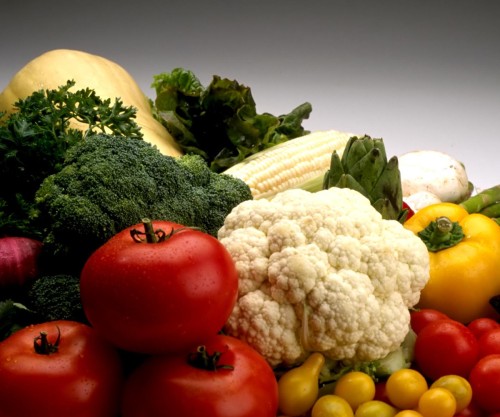

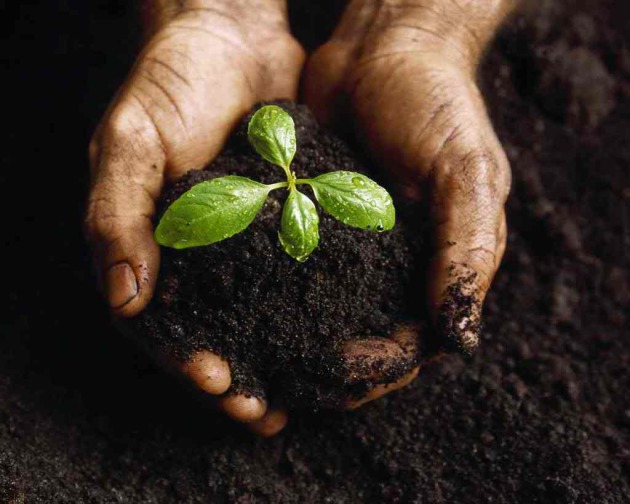
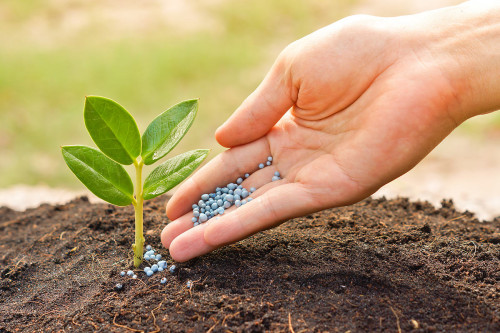
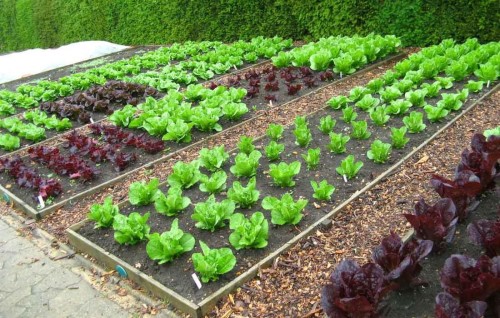
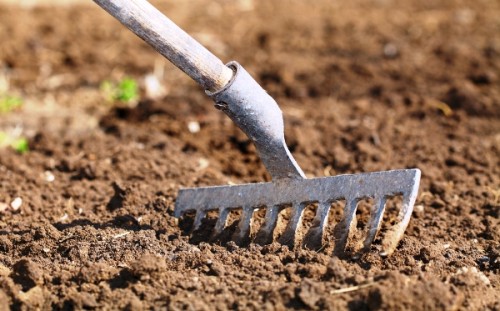
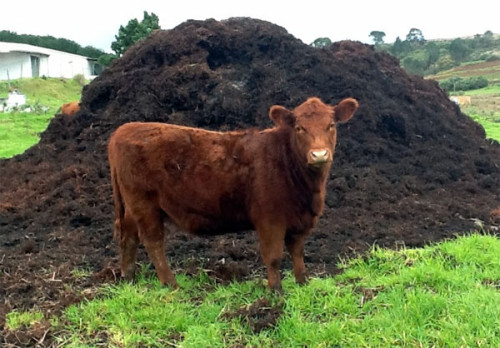
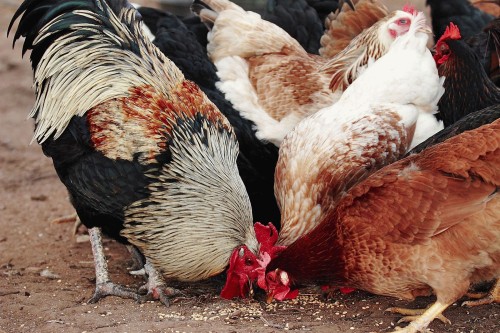
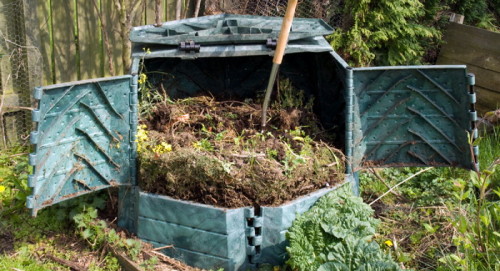
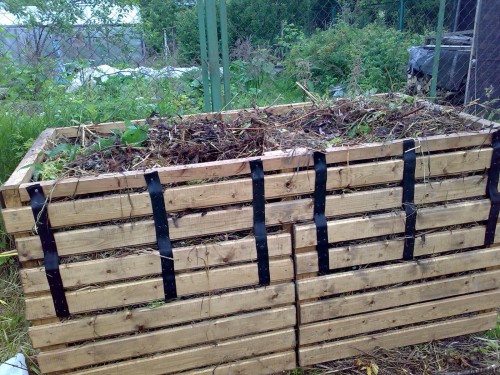
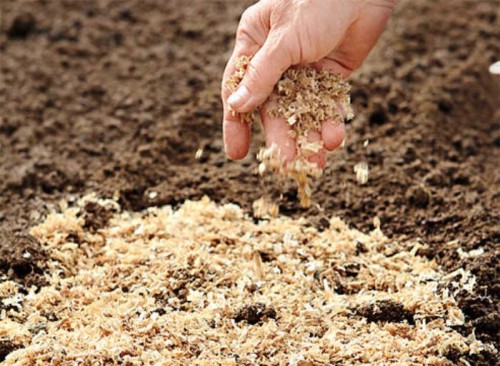
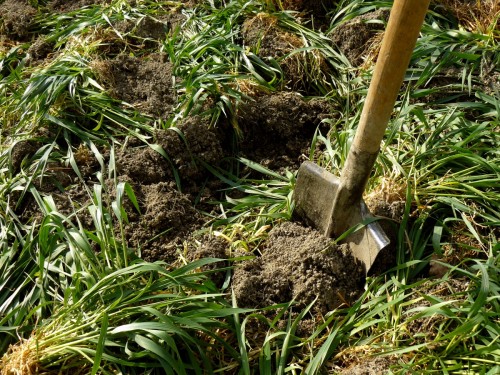
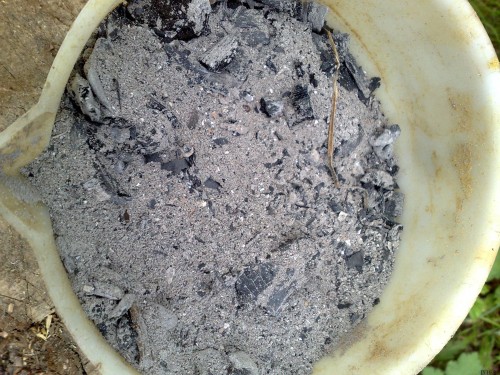
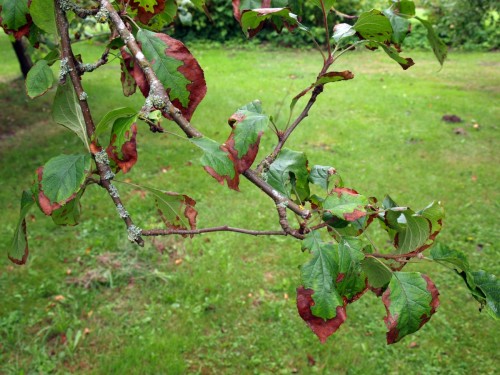
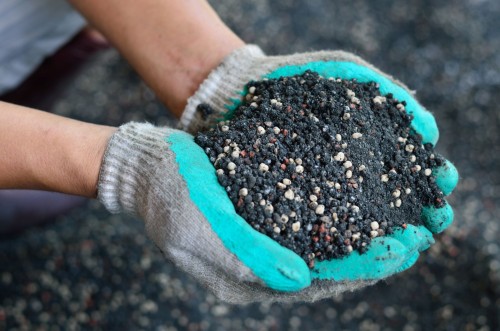
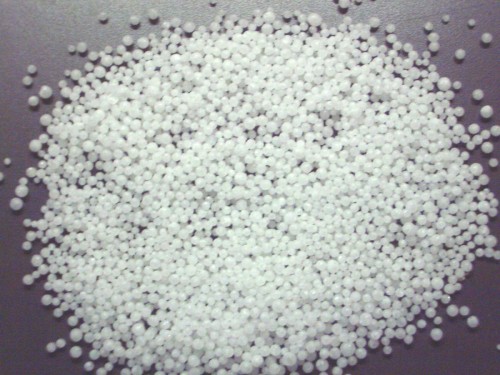
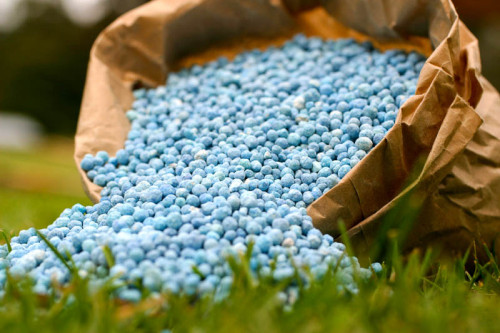
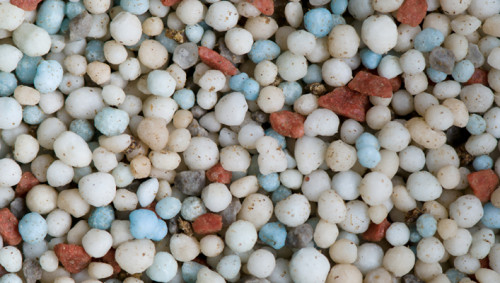
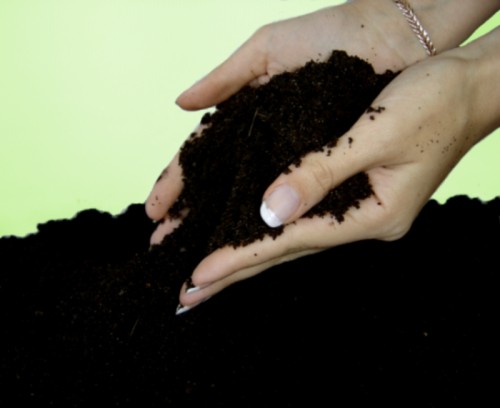
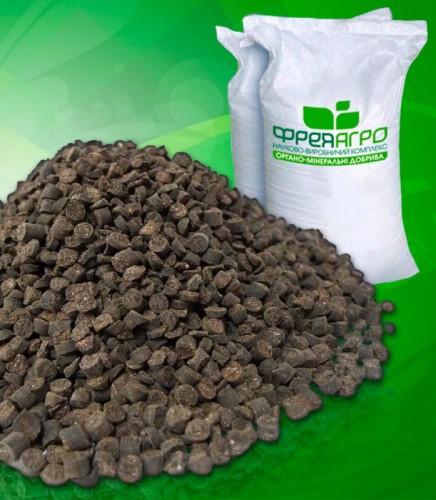
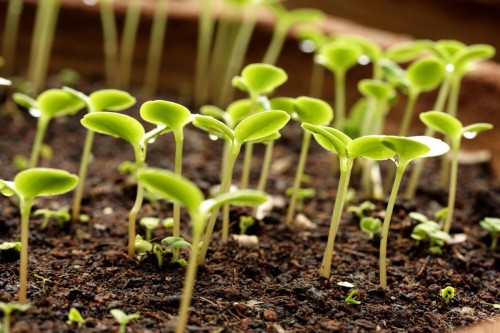












 Start a discussion ...
Start a discussion ...